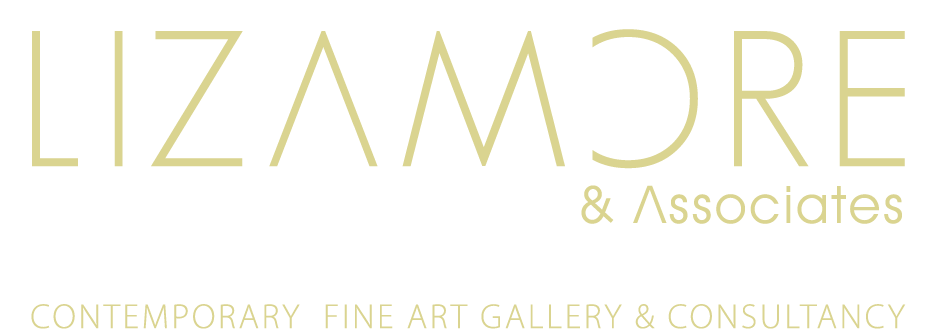ECOLOGY AND KINSHIP
Written by Tammy Langtry
Inspired from a 2016 project, Watermense/Water People, which explored the use of natural resources, and untold stories of individuals, communities and the networks of Johannesburg’s inner city water streams, Coetzee set to create a large scale indoor sculpture constructed from reclaimed wood.
Samantha (2017) stands at 3.2m high, constructed from wood in the form of parquet tiles, found shelves and desks which Coetzee has salvaged from regenerated buildings and from friends and connections. It is within this kind of communal practice that Coetzee develops her artistic practice, where geographical neighbours are potential allies and later friends to further sustainable partnerships based on ecological needs.
Samantha is one such neighbour. During a visit to the Ferndale stream in Johannesburg, Coetzee met Samantha Mamiled who lived nearby and would often hang out at the spruit with friends or wash in the stream. The ensuing conversation delved into ideas of reconnecting with nature within urban areas. Sitting at the contaminated water, a link to memories of her rural home and bathing in its streams, Samantha reminded Coetzee of the wasteful and negligent relationship we have with nature in these urban spaces.
These stories become threaded into the creation of Coetzee’s artworks – portraits of some of these individuals. Coetzee adds to this dialogue on the urgent water issues, providing a visible trace of these individuals who are concerned and directly connected to this natural resource and network. Through their storytelling, Coetzee respects their affinity to these resources, and unravels the complexities around the landscape and its resources, connecting what seems to be disparate fields; science and art. Here Coetzee presents these two fields as interconnected, neighbours within the field of inquiry.
“My work in sculpture and large scale intervention centres on the use of these art forms to emotionally engage collaborators, audiences, participants and the broader public with place; it aims to integrate science and art to inspire empathy for and engagement with nature.” Hannelie Coetzee
Samantha stands as a visible monument, a reminder of these reconnections, to the ability to revive ourselves where we live. The reclaimed wood and stone used as practical experimentations of how we may use these recycled materials with integrity, to reimagine our relationship with these materials and rebuild a healthier relationship with the environment.
Expanding on Coetzee’s existing oeuvre of ecological interventions (Locust and Grasshopper presented at Nirox Gauteng (2017) and The Old Sow between the Trees at Wanas Sculpture park Sweden (2017)) these sculptures provide pockets of interaction engaging juxtapositions and synergies – inside/outside, environment with human interaction, human narratives/land narratives, ‘art for art’s sake’/ecological art.
Constructed from rejected wood in an urban landscape, Samantha (2017) incorporates gravity, paint, glue and screws, creating Coetzee’s first free standing indoor sculpture at this scale. Coetzee uses her unique pixilation process to abstract and form the figure through these slats of wood, creating a palimpsest, a layering of mediums, stories and materials. Each thick layer of material provides a revision to its predecessor, highlighting the relevance of ecological practices within the arts.
Natural resources are no longer a passive participant but a reactive and elusive material. Coetzee creates work as a form of ecological dialogue with the arts, conflating this geological time frame, into our human timeline, narrating the Anthropocene through material and ecological language.
Coetzee aims to urge viewers to rethink how mankind will live with limited natural resources well into the future. Her artworks become a vehicle outside and inside the gallery to expand this conversation around the de-romanticization of the urban landscape and the incorporation of integrity back into natural resources, highlighting the ever-present link between human, nature and land.
With an impressive track record of large scale interventions, sculptural works and live burns, Coetzee’s practice encourages networks and sustainable partnerships which further our understanding of the Anthropocene.
URBANWALK WITH THE ARTIST
At this year's FNB Joburg Art Fair, Hannelie Coetzee will host one of her urban-walks on 9 September 2017. This walk will commence at the Lizamore & Associates booth at the fair, where after guests will join the artist on a walk through the city. Guests will have the opportunity to engage with the artist and her public artworks that are scattered in and around the city.
Artist's field trip to water sources
12:00 Meet at the Lizamore & Associates booth (A08) for a brief walkabout with the artist
12:30 Guests will be shuttled to the Jukskei River at Victoria Yards (a new cultural precinct), at the site where the Jukskei daylights from underneath the concrete city
13:30 Stop for lunch in Maboneng (on own account). View Natalspruit canal and urban artworks
14:30 Visit to the artist's studio and have drinks with the artist
16:30 Own transport to complete trip
Costs: R300 per person.
Bookings: hannelie@hanneliecoetzee.co.za



